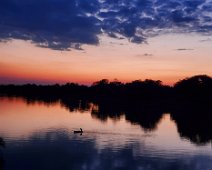
After two flights and a two hour drive we arrived at South Luangwa National Park and were treated to this beautiful sight. As we crossed the Luangwa River into the park we saw this fisherman on the river with a glorious sunset behind.
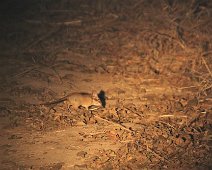
And finally, an Elephant Shrew. They have been recorded to run at speeds of 18 mph and when running, they make leaps of over 3 feet.
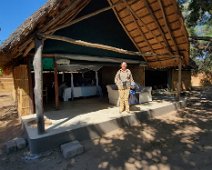
The next morning after breakfast we readied ourselves for a morning game drive. The staff had already opened the front of our lodging so we could enjoy the amazing views outside.
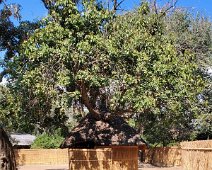
Just outside the Main Lounge was a unique public bathroom. This thatch hut that was built around an existing tree.

Puku antelope have, by far, the most developed sense of danger. They are astute like no other antelope, often detecting and responding to danger long before other prey.
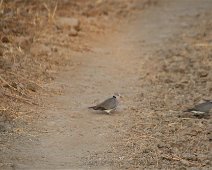
The Ring-necked Dove song is a loud and harsh “kuk-COORRRR-uk, ...” (sometimes interpreted as 'how's father?' or 'work harder' or by those in Botswana as "Botswana") which they may repeat ten to forty times.
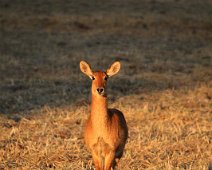
Puku are often mistaken for impala or lechwe because these three closely-related African antelopes often graze together.
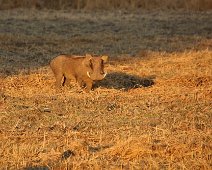
Warthog - Their name comes from their ‘warts’ or protrusions on the sides of their face, these protrusions are a combination of bone and cartilage. It protects their face when they fight.
And then went returned and lay back down. He was curious about us and our guide was very curious about the Hyena's behavior. So, I guess the case is unsolved.
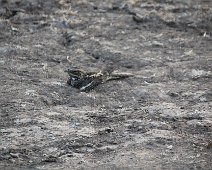
Gabon Nightjar - Nightjars are built for aerodynamics. They have narrow, flat wings that taper at the tips which facilitate the fast flight needed to catch insects on the wing.
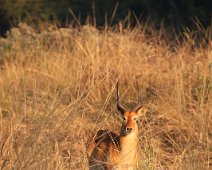
Puku - Male - Puku rams are regularly found alone; carving out and defending a territory is a full time job, and relinquishing your post might lead to a coup!
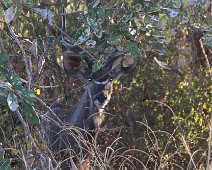
A female Kudu peeks through the trees. With only 118,000 kudus remaining in the wild, kudus have a ‘near threatened conservation status’ according the African Wildlife Foundation.
Greater Kudu - Male - The horns of a mature bull kudu have two and a half twists, so this male is not fully mature.
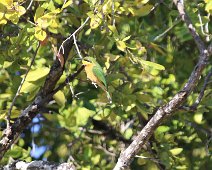
Little Bee-Eater only catches or preys on flying insects and not on insects laying on the ground. The stinger of the insects is removed by repeatedly hitting and rubbing the insect on a hard surface.
One of the interesting facts about zebra is that you can just find in Africa where they inhabit a wide variety of habitats.
Zebra have excellent speed and can outpace their predators because they run at the speed of up to 40 miles per hour. Due to their high speeds, zebras can escape fast-running predators like lions. Even zebra’s foals start running with the herd after a few hours of birth.
Lilac-breasted Rollers get their name from their impressive courtship flight. During the breeding season, the male rises to a fair height of 226-472 ft and then descends in acrobatic swoops and dives, while uttering harsh, discordant cries.
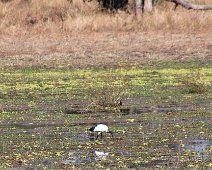
African Sacred Ibis - In ancient Egyptian society, the Sacred Ibis was worshiped as the god Thoth and was supposed to preserve the country from plagues and serpents. The birds were often mummified and then buried with pharaohs.
For protection, zebra harems often graze together with other grazers like the wildebeest. The huge number of grazers means there are more eyes and ears to warn the gathering about any obtrusive predator.
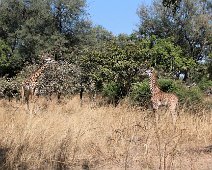
Giraffes are very social animals and roam around in groups. These groups, called towers, typically have around 15 members led by an adult male. The other members are females and young males.
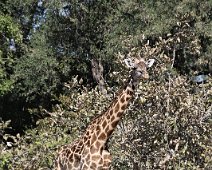
You would have to run in order to keep up with a giraffe walking because every step a giraffe takes is 15 feet long.
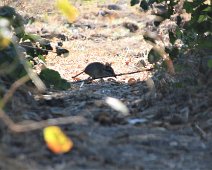
Elephant shrews eat earthworms, centipedes, insects, millipedes, and spiders. Like anteater, elephant shrew also uses its long tongue to flick insects.
This golden brown female Puku came to the edge of the lagoon as Ken watched quietly from the wildlife hide.
To the left of the main lounge, past the restroom with the tree coming out of the roof, was our room.
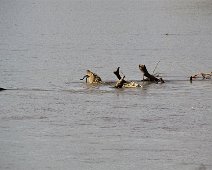
Back at the main lounge, we saw an awesome sight down in the river below. A Crocodile was eating and Impala. We watched as he gulped down the last of the animal.
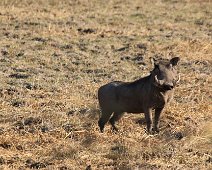
The warthog is known for a few slightly odd behaviors, especially when it comes to moving around. They enter their burrows in reverse, for example.
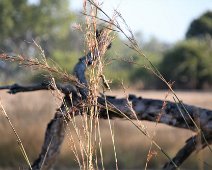
Look closely...yep there he is on that blade of grass. The Common Waxbill is an absolutely beautiful finch.
A male and female Puku. Nearly one-third of all puku are found in protected areas, zoos, and national parks due to their diminishing habitat.

The Monkey Orange tree bears a fruit about the same size as a commercial orange. This fruit starts out green-blue in colour and ripens to a dull yellow colour. Despite their size and thick rinds, the fruit is eaten by herbivores, such as kudu, eland, and nyala.
The shells of the fruit from the Monkey Orange tree are used as sounders on traditional musical instruments or may be used as decorative art pieces.
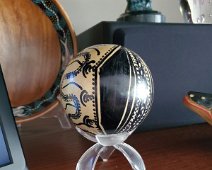
This is an example of a decorated Monkey Orange fruit that we purchased when we were at Victoria Falls. The gourd-like ball is polished and dried to a creamy white color. A hole is made where the stem is and the seeds are removed. They are dried and re-inserted into the fruit and the hole is filled. This allows the fruit to rattle, much like a rain stick. Then an artist uses a permanent black marker and draws a unique pattern on each one.
Our guide, Jon, found us a lovely spot for our "sundowner" near the river with some Puku to keep us company.
This wooden case is how they transport the wine, liquor and crystal glassware used when we have our "sundowner".
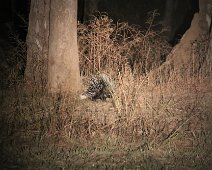
Evening comes quickly after our "sundowner" and we spied another nocturnal creature as we headed back to camp. It was the South African Crested Porcupine. Crested porcupine quills are said to have been an inspiration for the original and new developments to the hypodermic needle.

This Genet was found perching about 6 feet off the ground in a tree. They sit quietly and use this tactic to wait for prey to walk beneath them, then pounce!
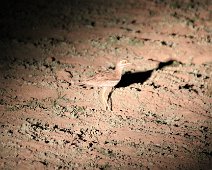
Despite their small size, did you know that the Water Thick-Nee or Water Dikkops is deemed to be the bravest birds in the world because it likes living with one of the world’s greatest predators, the Nile Crocodiles?
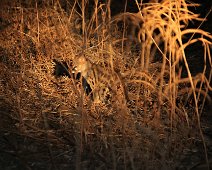
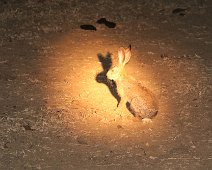
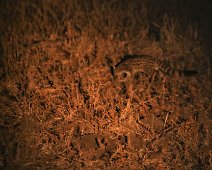
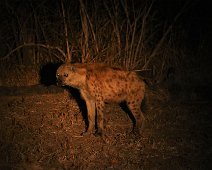
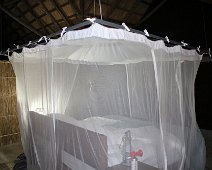
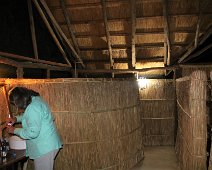


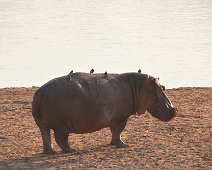
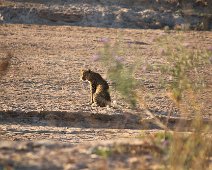
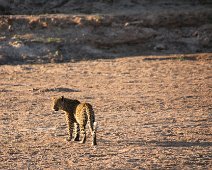
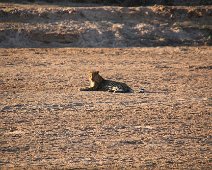
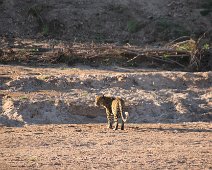
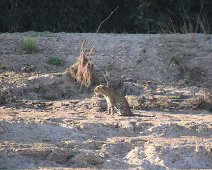
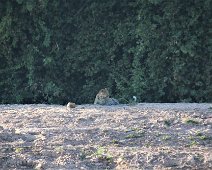
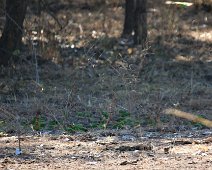
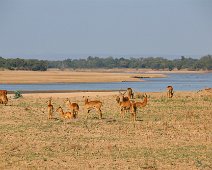
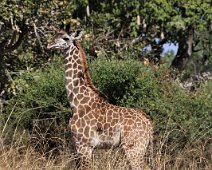
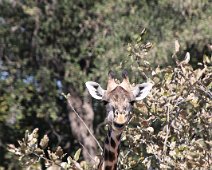
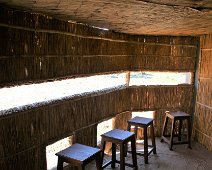
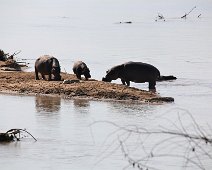
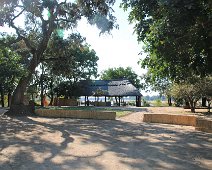
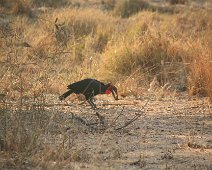
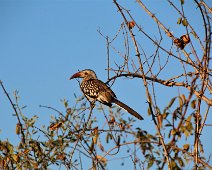
Zambia 3 - Kakuli